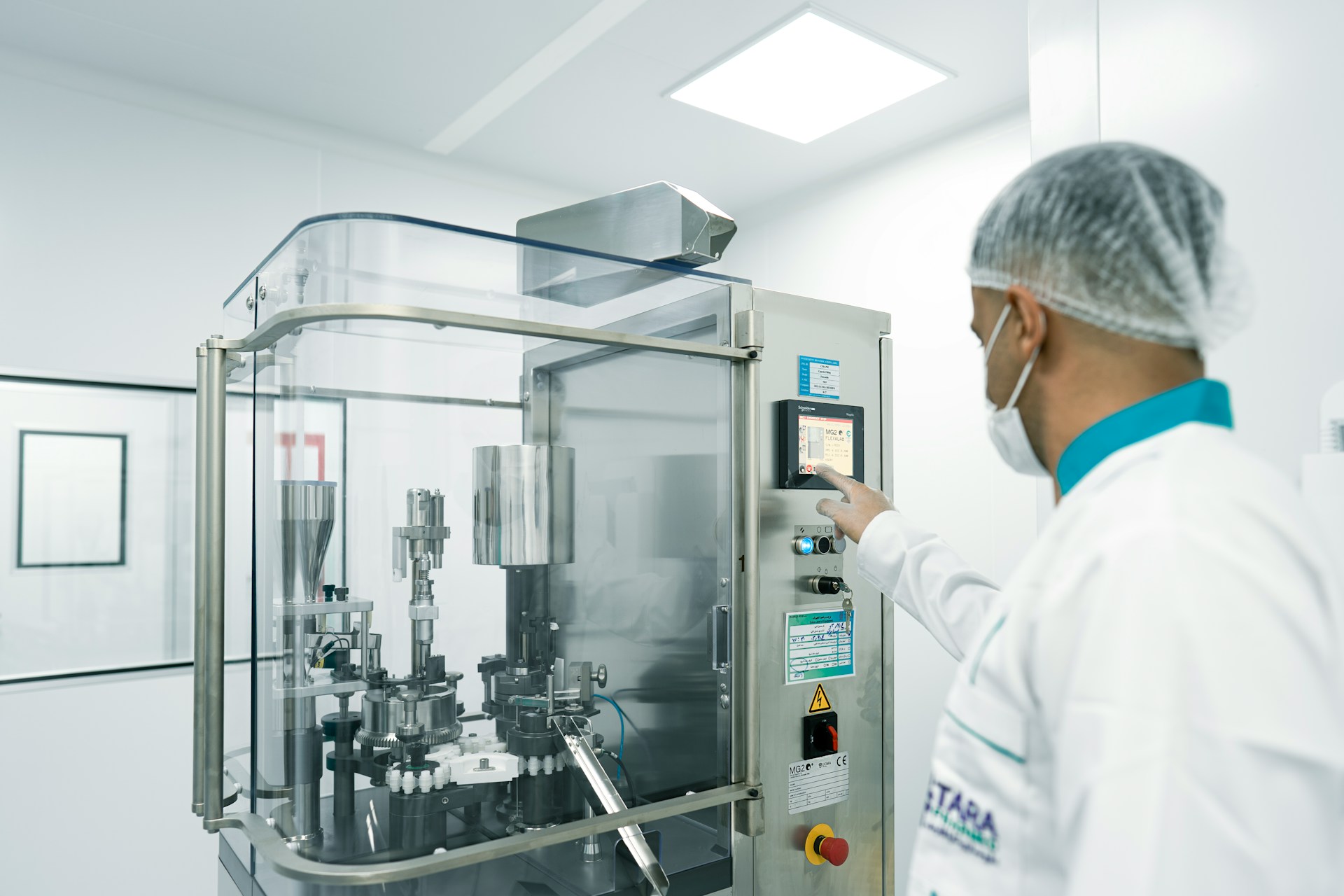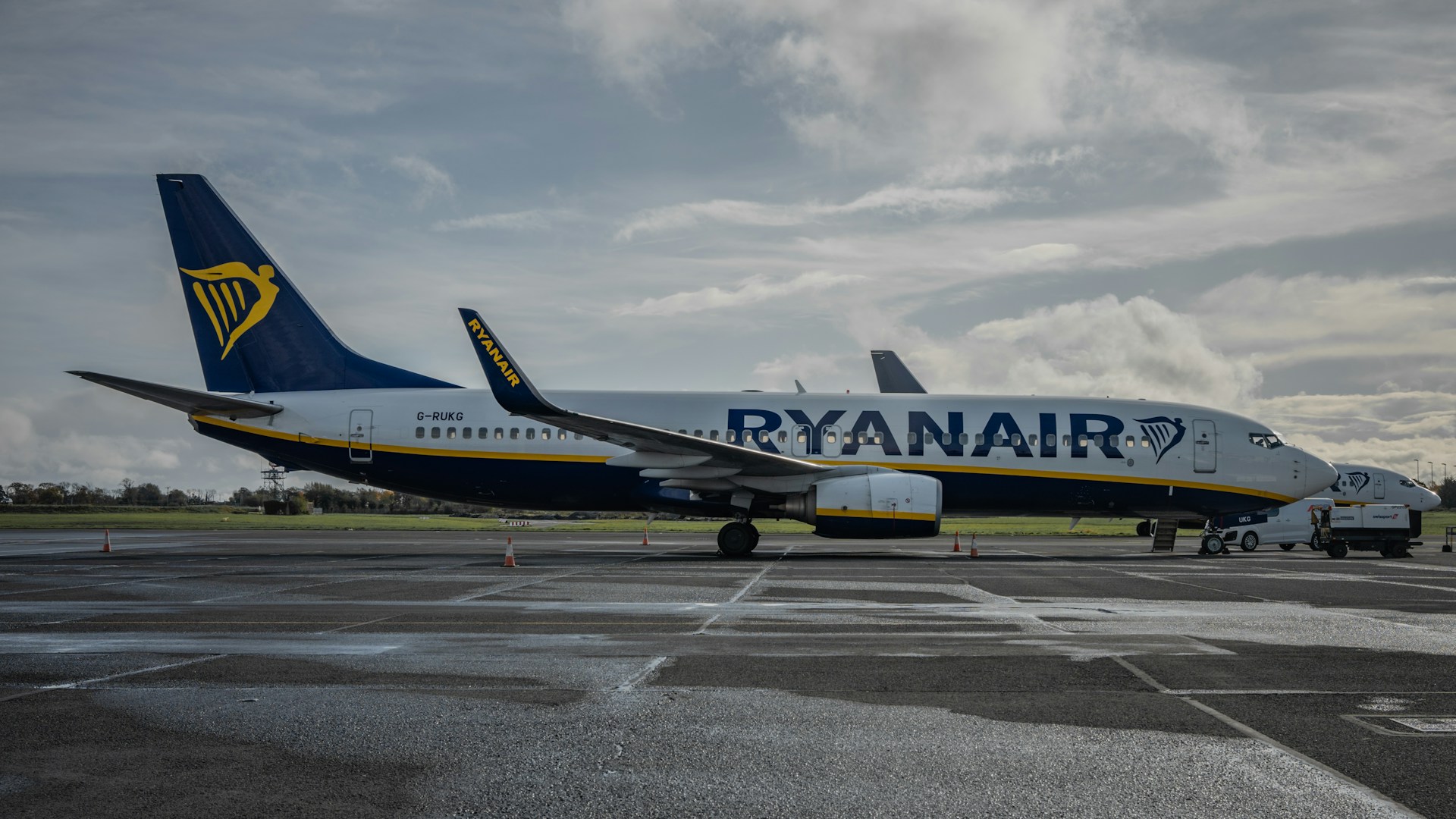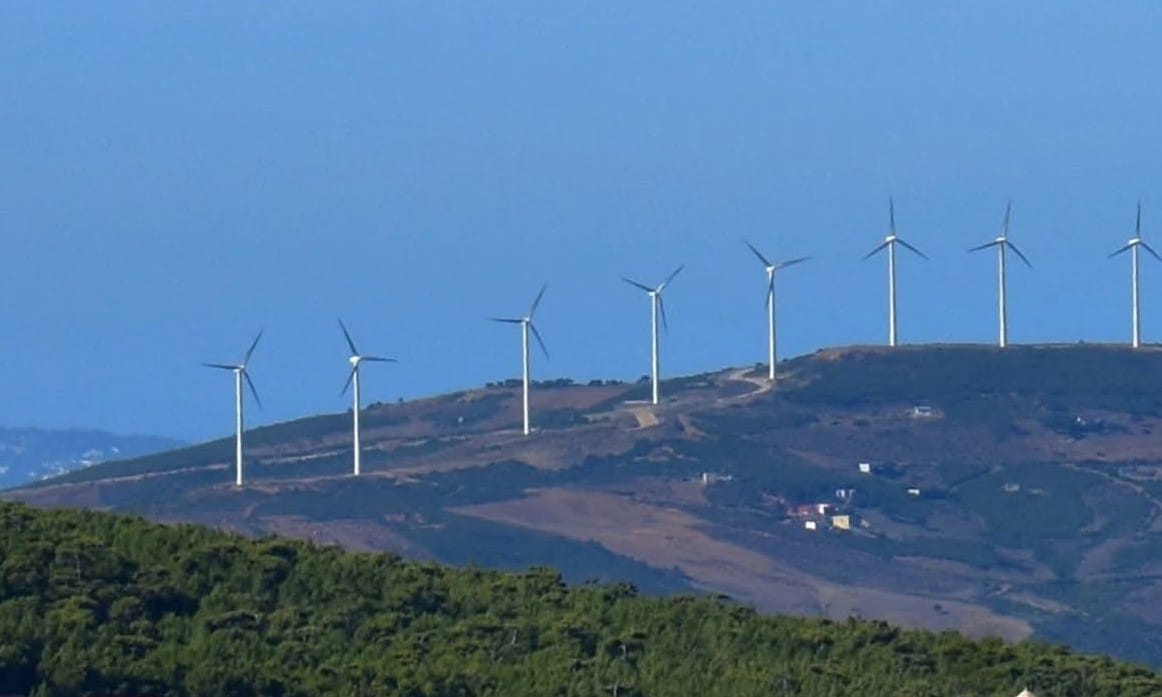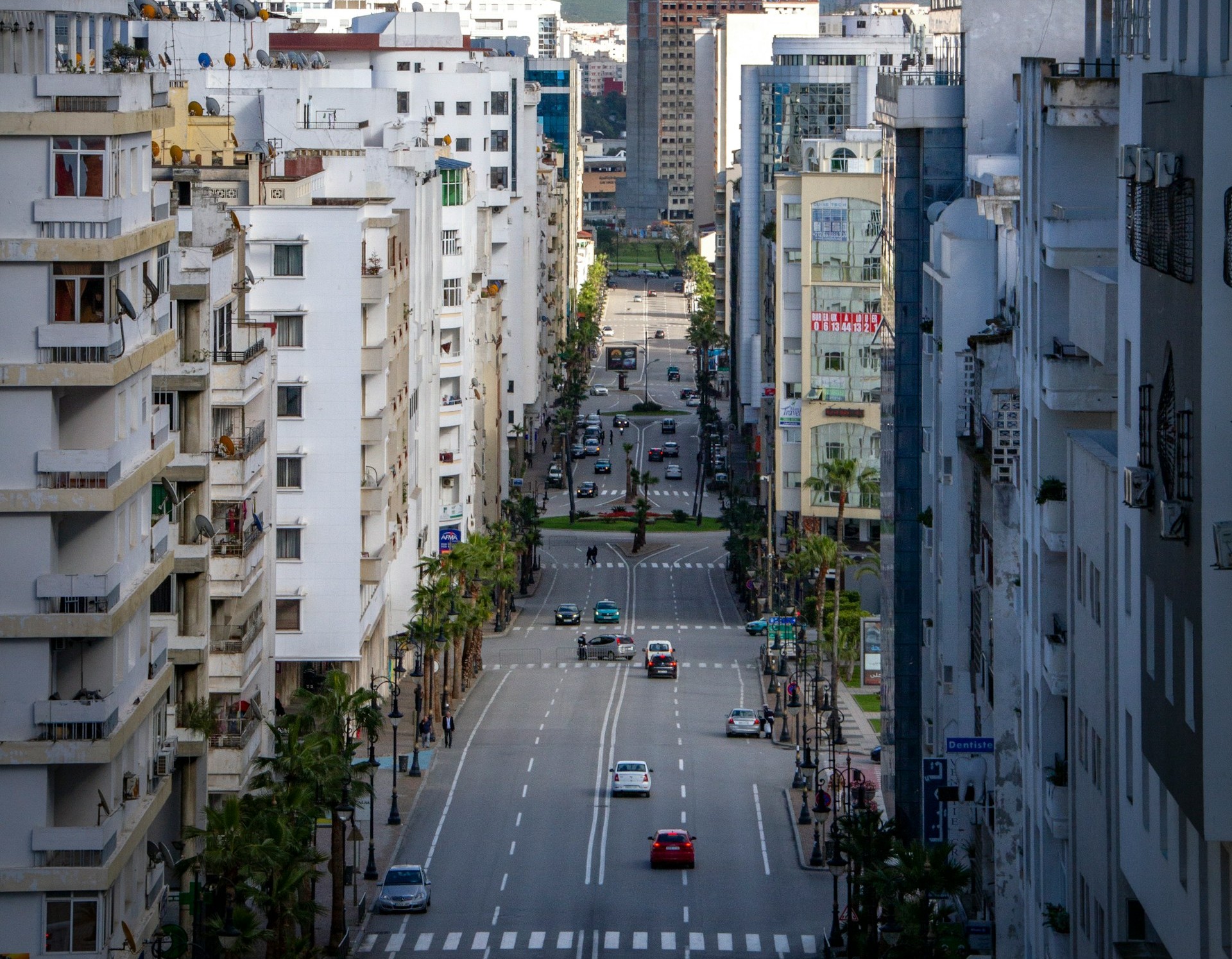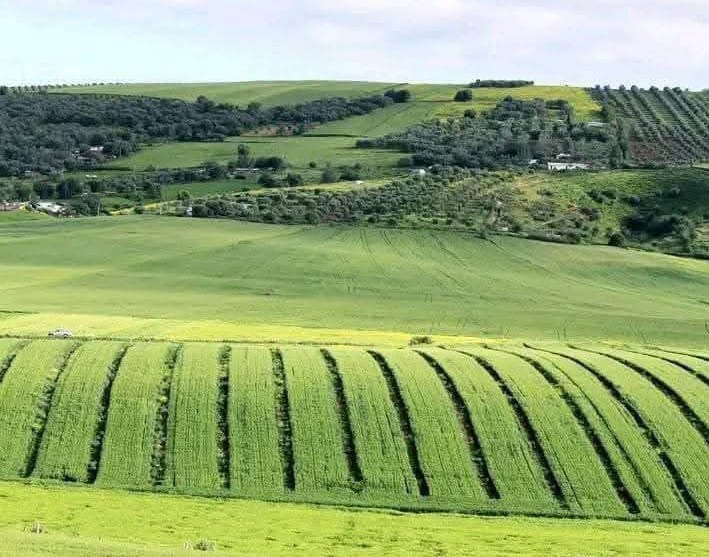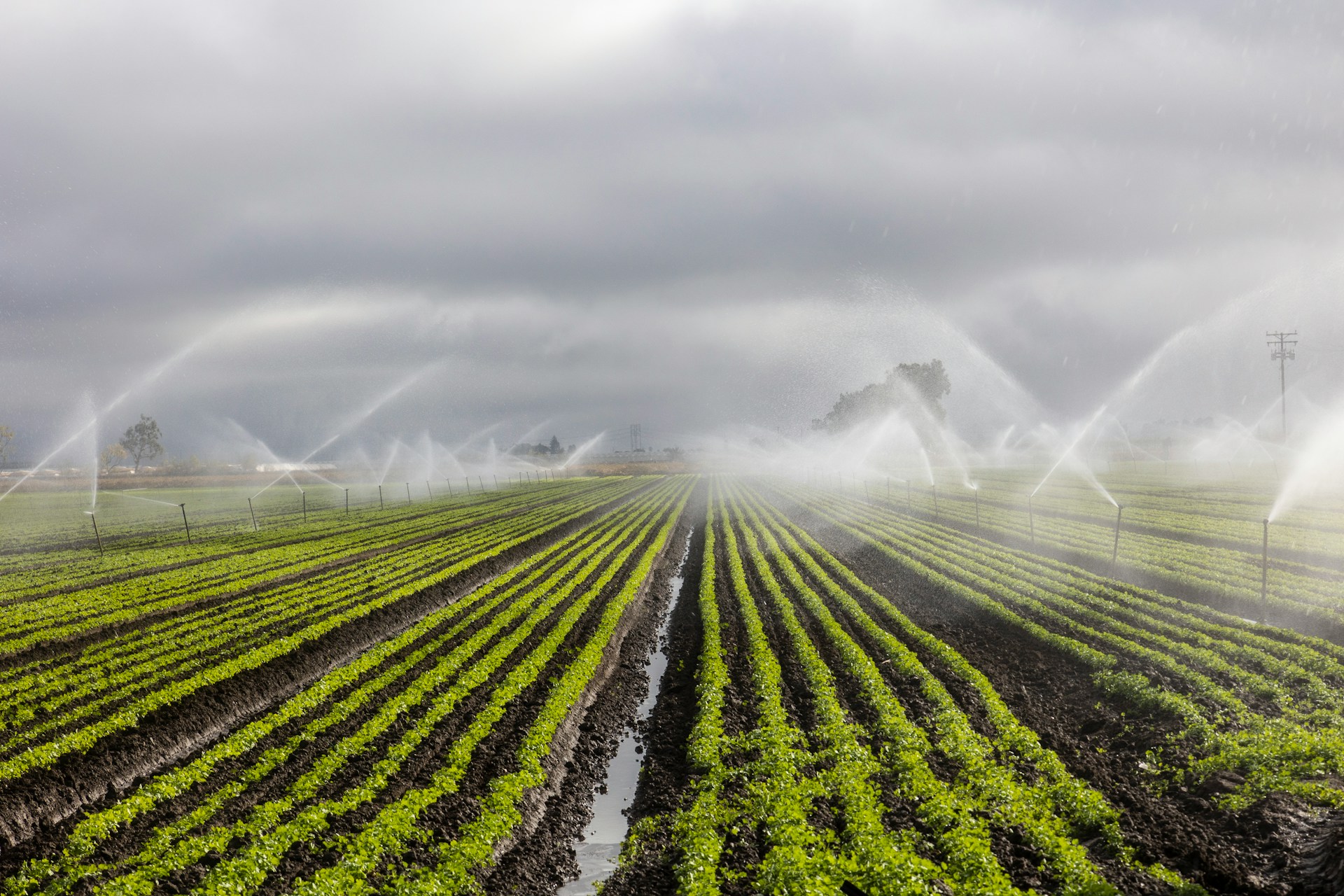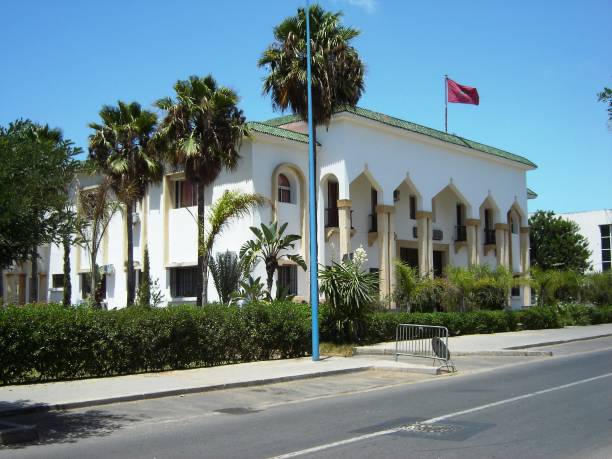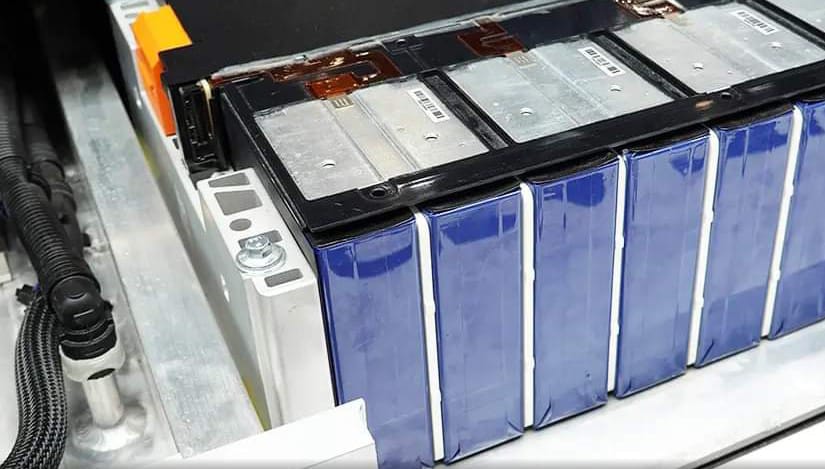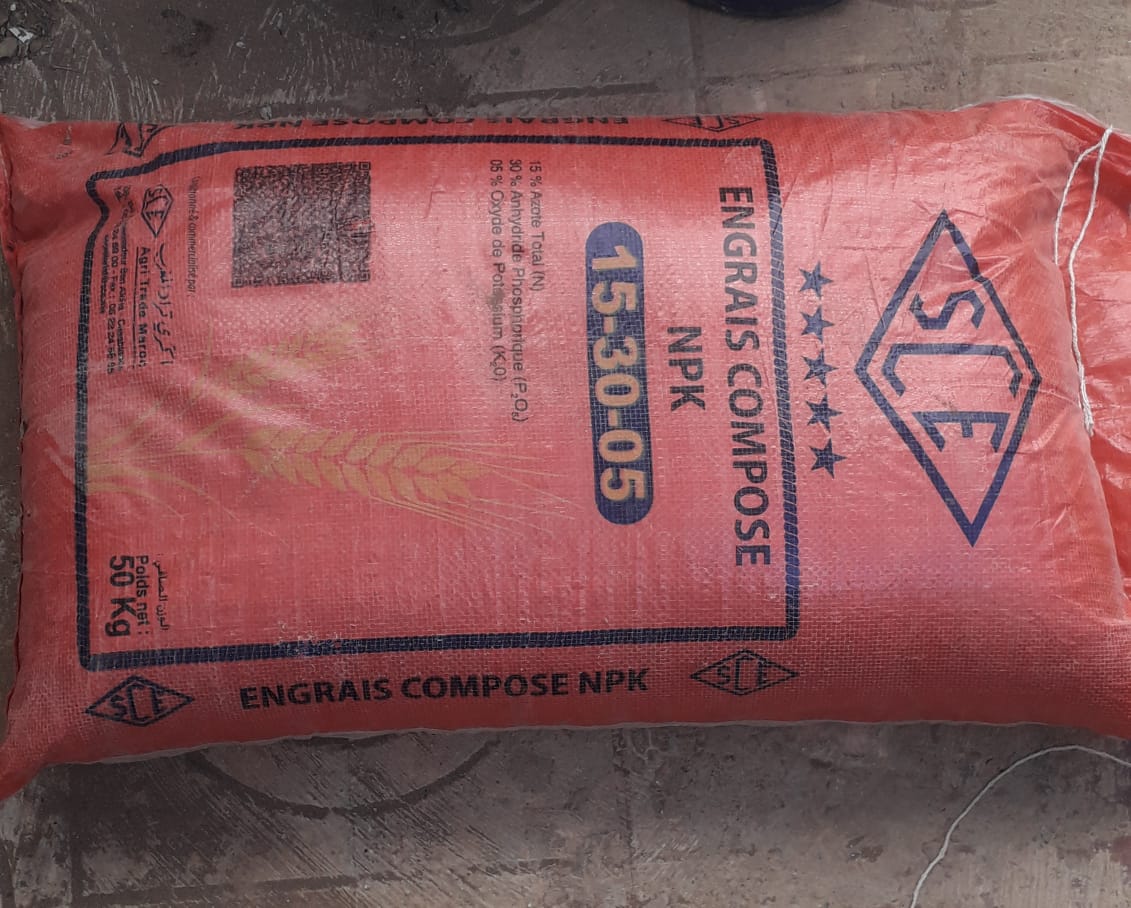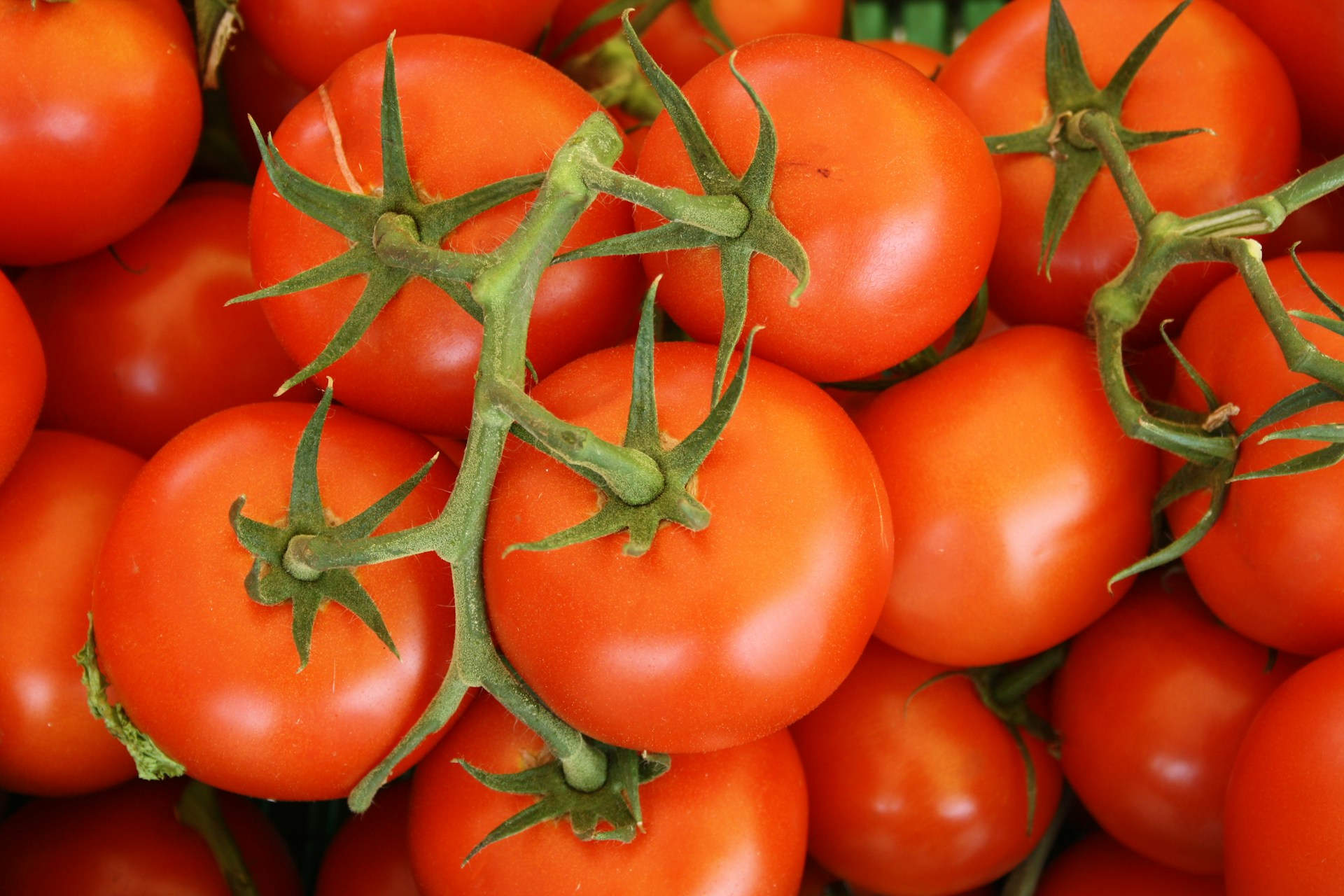Casablanca – This year marks the 50th anniversary of Morocco’s historic Green March, a peaceful mass mobilization in 1975 that reclaimed the southern provinces from Spanish colonial control. What began as a symbol of national unity and territorial sovereignty has evolved into a half-century-long journey of economic transformation and strategic development in Morocco’s Sahara. Today, the southern provinces stand as a testament to the Moroccan state’s vision of sustainable growth, regional integration, and international partnership.
The Green March, which mobilized approximately 350,000 Moroccans—including around 35,000 women—was not only a political milestone but also a catalyst for subsequent development policies. Over the decades, the Moroccan government has invested heavily in the southern regions, prioritizing infrastructure, social services, and economic diversification to integrate these historically isolated territories into the national economy.
Under King Mohammed VI, a comprehensive development model was launched in 2015, representing a strategic continuation of the vision first outlined by the late King Hassan II. The model focuses on three key pillars: large-scale infrastructure, socio-economic programs, and social services, with total investment exceeding $9 billion. More than 700 projects have been initiated, achieving over 85% completion, reflecting the Moroccan state’s commitment to making the Sahara a hub of modern economic activity.
Infrastructure development has been a central focus. The Dakhla-Tiznit highway, spanning 1,055 kilometers with an investment of $980 million, has connected four regions and facilitated movement for over 2.2 million people. The road network in the southern provinces has expanded from a mere 70 kilometers in 1975 to over 9,400 kilometers today, reflecting decades of strategic planning and investment. Another flagship project, the Dakhla Atlantic Port, is expected to be completed by 2029 with a budget of $1.29 billion, positioning Morocco as a central gateway for trade between Africa and the Atlantic world.
Energy and environmental initiatives form another key dimension of the Sahara’s economic transformation. Renewable energy projects in Tarfaya and Smara have attracted nearly $3 billion in investment, with wind and solar power facilities supporting Morocco’s broader green energy ambitions. Phosphate-derived industrial projects complement these initiatives, adding value to local resources while creating employment opportunities for the region’s growing population.
Water management and healthcare infrastructure have also been prioritized. Desalination plants in northern Dakhla will produce 1.7 billion cubic meters of water annually by 2030, addressing critical water scarcity. In the health sector, investments include the Laayoune University Hospital ($124 million), regional and provincial hospitals, and medical education programs capable of training up to 10,000 students annually. Vocational training centers in Dakhla, Laayoune, and Guelmim-Oued Noun are being developed to provide over 4,000 professional training seats, ensuring local workforce readiness.
Sports and cultural projects are also integral to the development model. Olympic swimming pools, football academies, and multi-hectare sports villages are under construction across the southern provinces, promoting community engagement, youth development, and regional visibility.
International partnerships have played a crucial role in supporting these developments. The United States, United Kingdom, France, Spain, China, and other countries have invested heavily in the region, including an estimated $5 billion in upcoming American investments following renewed recognition of Morocco’s sovereignty over the Sahara. These partnerships have strengthened Morocco’s diplomatic standing while generating economic momentum across the southern provinces.
Demographic growth reflects the success of these policies. The population of the southern provinces has increased from approximately 450,000 in 2014 to around 600,000 in 2024, necessitating continued investment in housing, education, healthcare, and employment opportunities. Despite challenges such as unemployment rates averaging 25.7% in some regions, authorities emphasize integrated regional planning, social investment, and private-sector engagement as pathways to sustainable economic growth.
Fifty years after the Green March, Morocco’s southern provinces have transformed from isolated, underdeveloped territories into a strategic economic and infrastructural hub. The anniversary serves not only as a reminder of Morocco’s historical achievements but also as a celebration of a modern development vision that integrates national unity, sustainable growth, and international cooperation. The Sahara’s progress exemplifies how long-term planning, strategic investment, and regional integration can turn a symbol of liberation into a model of economic prosperity.
